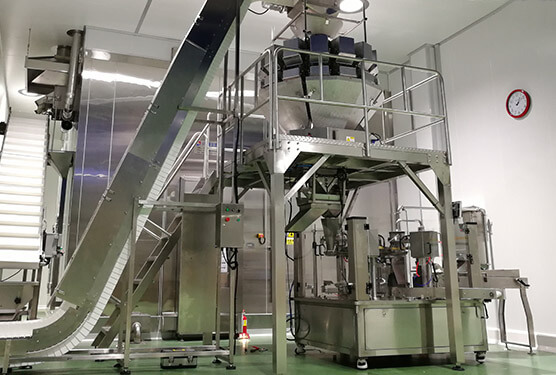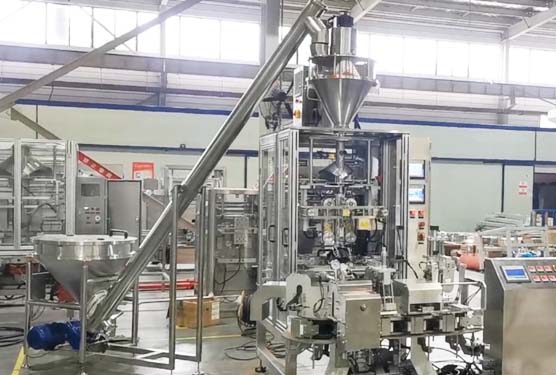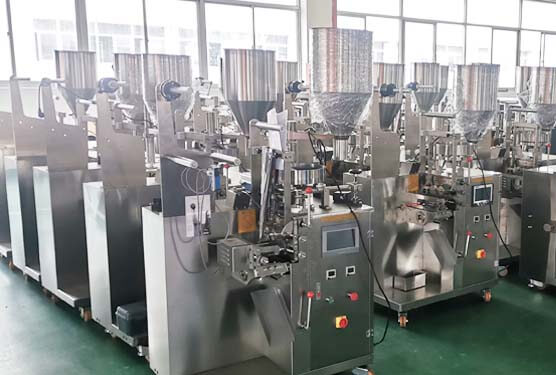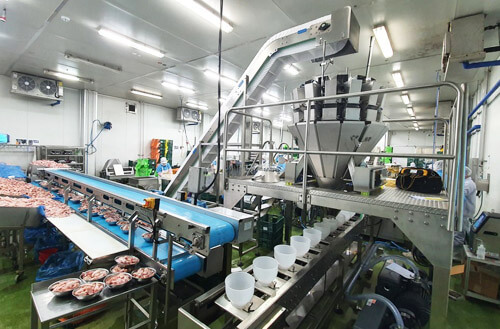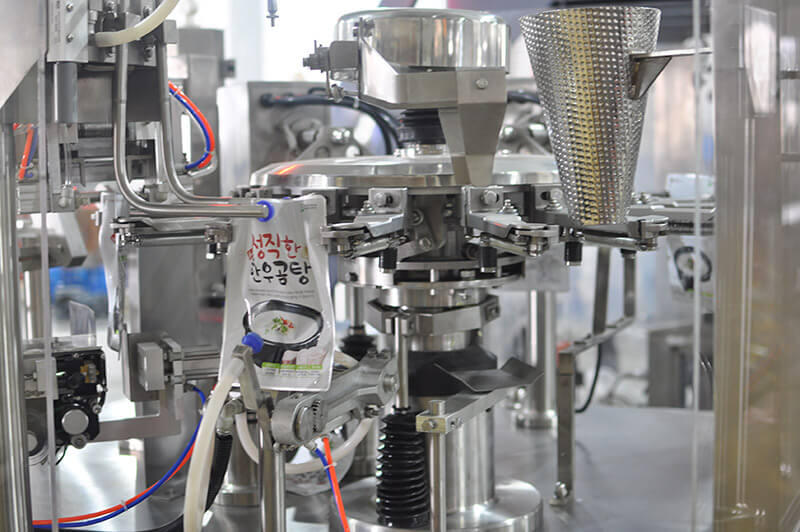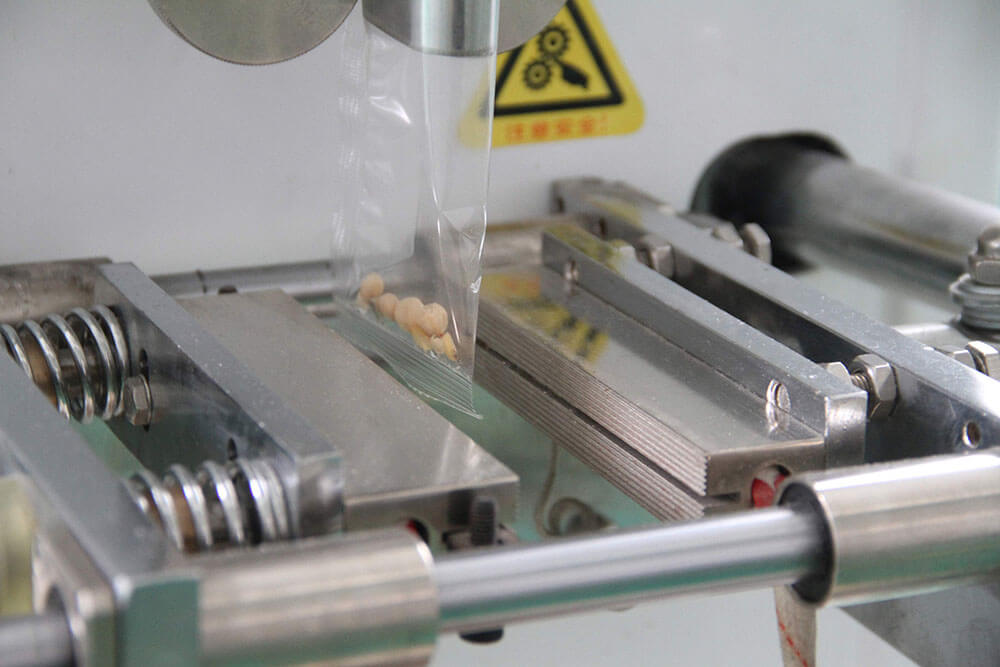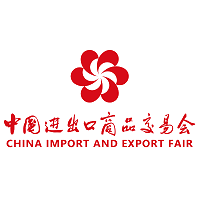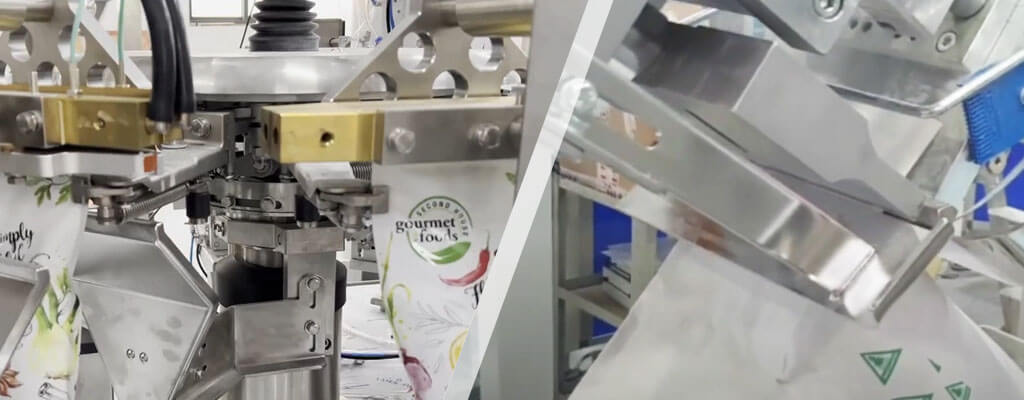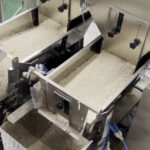Have no idea of the coefficient of friction and are about to buy a packaging film for your packaging machine? Wait a bit, and let me guide you through this with my 20 years of experience in the packaging industry.
Well, understanding the coefficient of friction leads you to the machine’s smooth operation to form, fill, and seal the products. To get a proper idea, read the whole article without skipping-
What Is The Coefficient Of Friction?
The coefficient of friction, or COF, is the amount of force needed to move an object over another. Do you notice that car tires move faster when the road is wet than when it is dry?
For example, when the road is dry, there is more friction between the tires and the road, so the car moves slowly on it. On the other hand, a wet road means less friction, so the tires become slippery, and the car moves a lot faster. This is due to friction, the force that stops or allows two things to slide against one another.
Different Types Coefficient Of Friction?
There are two main types of coefficient of friction available. Check them out-
- Static
This refers to the force that prevents a stationary surface from moving until enough force is applied to make it move. Most specifically, the static coefficient of friction measures how much force is needed to overcome this resistance between an object and a surface. For example, the static coefficient of friction is measured as the force needed right before the packaging film starts to move. Hence, the higher the static COF, the harder it gets for packages moving on conveyor belts.
- Kinetic
After the surface overcomes static friction and starts to move, this is called kinetic friction. So, this friction measures the resistance when two surfaces are already sliding against each other. A higher kinetic means more resistance, making it harder to control the speed and stability of moving objects, such as packs on the conveyor belt.
Table Of Coefficients Of Friction
| Surfaces | Static | Kinetic |
| Teflon on steel | 0.041 | 0.04 |
| Steel on steel (greasy) | 0.1 | 0.05 |
| Steel on steel (dry) | 0.6 | 0.4 |
| Brake lining on cast iron | 0.4 | 0.3 |
| Metal on ice | 0.022 | 0.02 |
| Rubber tip of crutch on rough wood | 0.7 | – |
| Rubber tires on dry pavement | 0.9 | 0.8 |
How To Measure The Coefficient Of Friction?
The coefficient of friction is typically measured when a plastic packaging film is pulled over a stainless steel, and the force needed to move it is recorded. The tester then performs some math to find the coefficient of friction, which will be a number between 0 and 1.

Why Does COF Matter In The Packaging Industry?
Let’s see some key reasons why COF matters in the packaging industry based on two machine types.
In HFFS (horizontal form fill and seal) systems: COF impacts how well the film or packaging material moves through the horizontal sealing and filling system. Low COF materials can cause slippage, leading to misalignment or jams. A well-controlled COF ensures that the film moves smoothly over the HFFS machinery. This prevents unnecessary friction that could disrupt the packaging process.
In VFFS (vertical form fill and seal) systems: In the VFFS system, the machine has to pull belts that help move the packaging film through the machine. These belts press on the outside of the film, holding it tight while it moves. To work perfectly, there has to be enough friction on the film’s outside to counteract the friction inside. Therefore, the film’s inside needs to be smooth enough to slide over the forming tube when the pull belts drag it through.

How Can COF Values Relate To Packaging Speeds?
COF values relate to the features of feeding and operating the packaging in many ways. For example, UV filter cartons come with slippery friction. Therefore, cartons with less static friction are tough to move and put into the feeding hoppers.
On the other hand, pouches or bags with higher COF are usually stuck together. As a result, feeding can be difficult as several bags enter the pack line. So, multiple lines need products with certain surface friction to run and feed at their fastest speeds. Therefore, you must measure and specify these friction values to get the best productivity.
How To Perform A COF Test For Packaging Films?
Below, I have described a simple guide to performing a COF test for packaging films:
- First, cut the packaging film into standardized test specimens according to your test method requirements. Besides, ensure they are clean and free from wrinkles or contaminants.
- Use a COF tester, typically consisting of a flat base and a sled that moves across the film’s surface. The tester has a built-in weight to apply consistent pressure. Also, follow the manufacturer’s instructions to calibrate the tester for accurate measurements.
- Now, place the film specimen flat on the testing platform. And secure it if necessary to prevent movement.
- After that, position the sled on the film and start the test. The sled will slide over the film surface. Next, the tester will measure the force required to move the sled and provide the COF value.
- Finally, the tester provides a COF value, usually expressed as a ratio of the force required to move the sled over the film to the weight of the sled. Hence, you should know that higher values indicate greater friction. For accuracy, repeat the test multiple times and average the results.
Conclusion
Hopefully, now you know everything about the coefficient of friction, from the definition to the testing process. And, you can choose machinery with the right COF to run your packaging business. This way, the production process will operate smoothly without disruption.
FAQs
What is the purpose of COF?
The main purpose of COF, or Coefficient of Friction, is to measure how easily one surface slides over another. It’s crucial for understanding and controlling friction in various applications, from packaging to machinery. A low COF means less resistance and easier movement, while a high COF indicates more grip and friction.
Can COF be greater than 1?
People often think that the coefficient of friction (COF) can’t be more than 1.00, but that’s not correct. There is no maximum value for COF. While it’s true that values above 1.00 are very slip-resistant, their exact value usually matters little.
What is the lowest coefficient of friction?
The lowest coefficient of friction can be as low as 0.05, achieved by eliminating mechanical interactions through surface engineering. Also, rolling friction generally has the least value among common types of friction.
What are the potential effects if the inside COF is greater than the outside in packaging?
When the inside COF is greater than the outside, the packaging is difficult to open or use. The products could stick, which makes them harder to dispense. This could lead to customer frustration and potential damage to the packaging.

